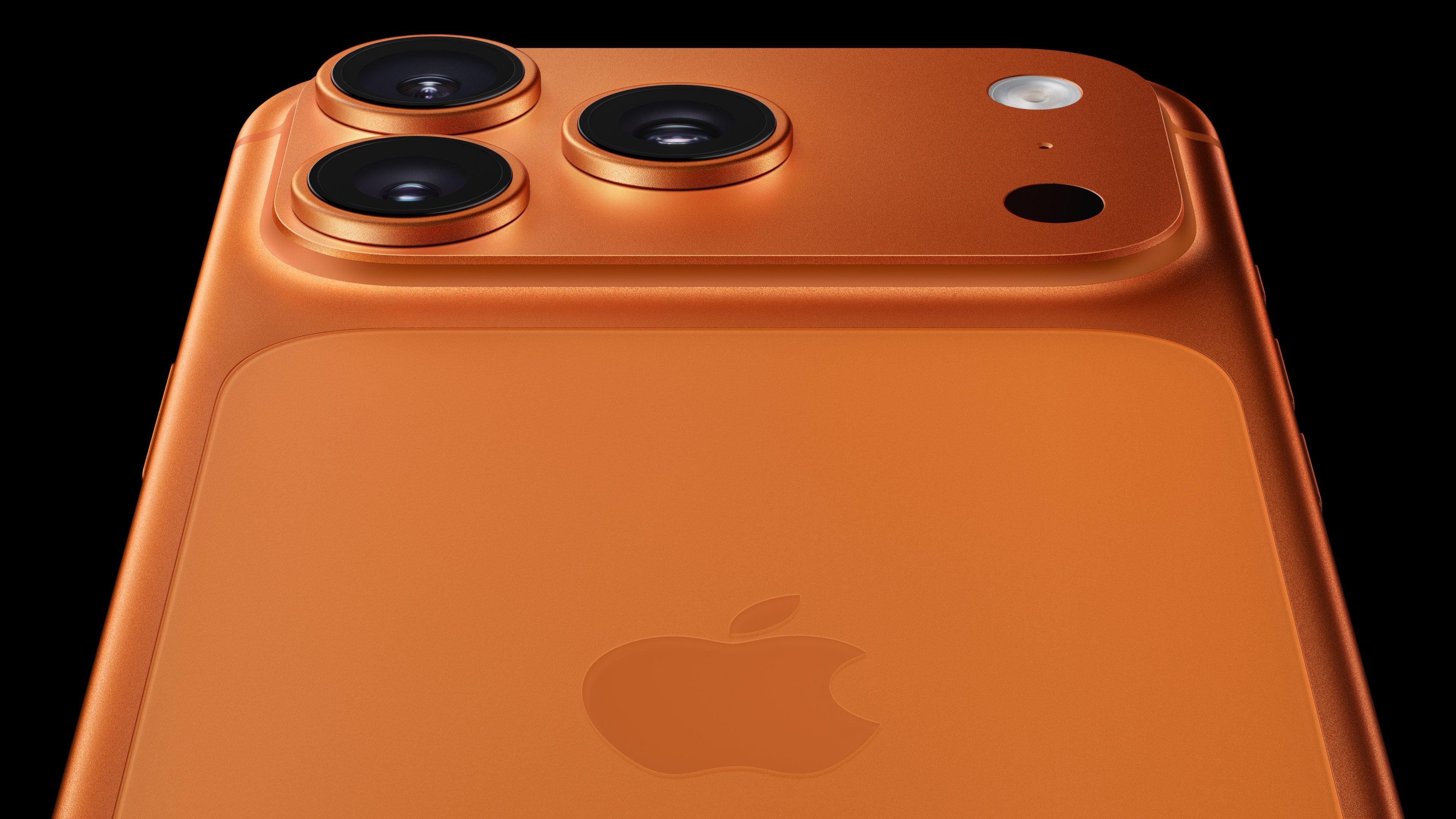T-Mobile USA (TMUS 2.50%) had such high expectations for the upcoming launch of a "low-cost" iPhone. On Tuesday, Apple (AAPL 0.76%) held its long-awaited iPhone launch event, and in the process, dashed all of T-Mobile's hopes.

It's been common knowledge for weeks that Apple was going to launch two new iPhones this month. The iPhone 5S succeeds the iPhone 5 at the high end of Apple's lineup. The second phone -- the iPhone 5C -- is a cheaper model intended for more price-sensitive customers.

The iPhone 5S is Apple's new high-end phone (photo: Apple).
That sounded like great news for T-Mobile. Its new "un-carrier" strategy is designed to appeal especially to price-sensitive individuals. There's just one problem: The "cheaper" iPhone isn't cheap at all! In fact, it will be more expensive than Apple's entry-level phone today, carrying a hefty $549 price tag. In other words, there's no way the iPhone 5C will become the secret weapon T-Mobile was hoping for.
Winning the price-sensitive consumer
As part of its new "un-carrier" strategy, T-Mobile has moved to differentiate itself from rivals such as AT&T (T 1.86%) and Verizon (VZ 1.10%) by doing away with official subsidies for smartphone buyers. This approach allows T-Mobile to offer significantly lower prices for smartphone service, starting at $50 a month for unlimited voice, text, and data. (However, that plan allows only 500MB of data at 4G speeds; for access to more high-speed data, users must pay $10 to $20 extra.)
The trade-off is that T-Mobile subscribers don't get "free" -- or steeply discounted -- phones. For several years, Apple has priced its top-of-the-line smartphones at $649 with 16 GB of memory. T-Mobile customers can either pay that much upfront or opt to finance it over 24 months, with a lower down payment.
T-Mobile's plans are a great deal for a person who already has a GSM phone to use, like many current AT&T customers. T-Mobile's plans also benefit people who don't plan to upgrade every two years. Lastly, they're advantageous for users who want a cheaper smartphone and therefore wouldn't benefit as much from a traditional subsidy.
Hopes dashed
Many analysts expected that T-Mobile would gain a significant competitive advantage from the release of Apple's iPhone 5C. Not only would this be the first time that T-Mobile launched an iPhone at the same time as its competitors, but a cheaper iPhone would also appeal more to T-Mobile's target customer.

The iPhone 5C (photo: Apple).
A fully functional iPhone priced at $349 (unsubsidized) would be fairly close in price to the $199 upfront cost of a subsidized iPhone 5. In return for the slightly higher upfront cost, T-Mobile customers would have access to much cheaper no-contract plans.
Instead, the no-contract pricing for the iPhone 5C is $549, making traditional carrier subsidies much more desirable. T-Mobile will undoubtedly lure in some new customers nonetheless. However, the higher monthly payments associated with a $549 phone (an extra $8.33 per month compared with a $349 phone) will make for a much smaller pricing gap with AT&T and Verizon.
Uphill battle
Getting access to the iPhone has been a big tailwind for T-Mobile this year. A cheaper iPhone would have been an even bigger catalyst for T-Mobile, allowing it to further distance itself from industry leaders Verizon and AT&T in terms of pricing. But Apple rained on T-Mobile's parade by setting the iPhone 5C price high, at $549. Now, T-Mobile will have to continue slogging along to regain market share in the ultra-competitive wireless business.






